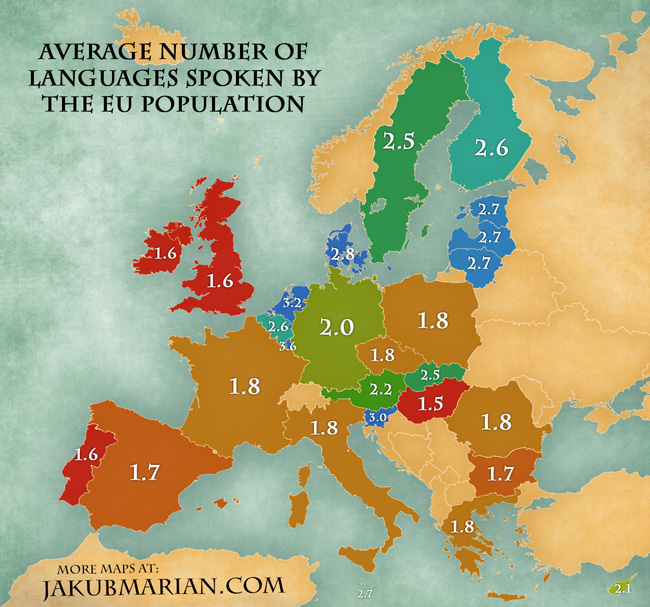...
This 144-Year-Old Wisteria In Japan Looks Like A Pink Sky
3 days ago
These stunning photographs, which look like a glorious late evening sky with dashes of pink and purple, are actually pictures of Japan’s largest wisteria (or wistaria, depending on whom you ask) plant.
This plant, located in Ashikaga Flower Park in Japan, is certainly not the largest in the world, but it still comes in at an impressive 1,990 square meters (or half an acre) and dates back to around 1870 (the largest, at about 4,000 square meters, is the wisteria vine in Sierra Madre, California). Although wisterias can look like trees, they’re actually vines. Because its vines have the potential to get very heavy, this plant’s entire structure is held up on steel supports, allowing visitors to walk below its canopy and bask in the pink and purple light cast by its beautiful hanging blossoms.

Image credits: Kazumi Ishikawa

Image credits: y-fu

Image credits: Makoto Yoneda
Όχι φυταγωγημένη αλλά φωταγωγημένη.
Ουιστέρια η Σινική (Wisteria sinensis)
Γνωστή ως Γλυσίνα, Γλυτσίνα, Γλυσίνια ή και Γλυτσίνια, η Ουιστέρια η Σινική (Wisteria sinensis) αποτελεί ένα σχετικά γνώριμο λουλούδι στους κήπους της χώρας μας. Σίγουρα δεν συναντάται αρκετά συχνά, όμως, πάντα κατά την περίοδο άνθισης του εντυπωσιάζει τους παρατηρητές με την εμφάνιση της. Τα μεγάλα ανθοφόρα τσαμπιά έχουν βεβαίως και μια ακόμα ξεχωριστή ιδιότητα, το μοναδικό τους άρωμα. Κι αν αυτά τα στοιχεία δεν σας έπεισαν ακόμη, σας πληροφορώ πως το συγκεκριμένο λουλούδι φημίζεται και για την τρομακτική του ανθεκτικότητα σε ακραίες συνθήκες!
www.anthokipos.com/el/vasikh-frontida-vskfr/10-anarrixomena-vskfr/230-glysina-oyisteria-h-sinikh-wisteria-sinensis.html
This 144-Year-Old Wisteria In Japan Looks Like A Pink Sky
3 days ago
These stunning photographs, which look like a glorious late evening sky with dashes of pink and purple, are actually pictures of Japan’s largest wisteria (or wistaria, depending on whom you ask) plant.
This plant, located in Ashikaga Flower Park in Japan, is certainly not the largest in the world, but it still comes in at an impressive 1,990 square meters (or half an acre) and dates back to around 1870 (the largest, at about 4,000 square meters, is the wisteria vine in Sierra Madre, California). Although wisterias can look like trees, they’re actually vines. Because its vines have the potential to get very heavy, this plant’s entire structure is held up on steel supports, allowing visitors to walk below its canopy and bask in the pink and purple light cast by its beautiful hanging blossoms.

Image credits: Kazumi Ishikawa

Image credits: y-fu

Image credits: Makoto Yoneda
Όχι φυταγωγημένη αλλά φωταγωγημένη.
Ουιστέρια η Σινική (Wisteria sinensis)
Γνωστή ως Γλυσίνα, Γλυτσίνα, Γλυσίνια ή και Γλυτσίνια, η Ουιστέρια η Σινική (Wisteria sinensis) αποτελεί ένα σχετικά γνώριμο λουλούδι στους κήπους της χώρας μας. Σίγουρα δεν συναντάται αρκετά συχνά, όμως, πάντα κατά την περίοδο άνθισης του εντυπωσιάζει τους παρατηρητές με την εμφάνιση της. Τα μεγάλα ανθοφόρα τσαμπιά έχουν βεβαίως και μια ακόμα ξεχωριστή ιδιότητα, το μοναδικό τους άρωμα. Κι αν αυτά τα στοιχεία δεν σας έπεισαν ακόμη, σας πληροφορώ πως το συγκεκριμένο λουλούδι φημίζεται και για την τρομακτική του ανθεκτικότητα σε ακραίες συνθήκες!
www.anthokipos.com/el/vasikh-frontida-vskfr/10-anarrixomena-vskfr/230-glysina-oyisteria-h-sinikh-wisteria-sinensis.html





